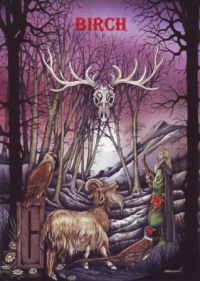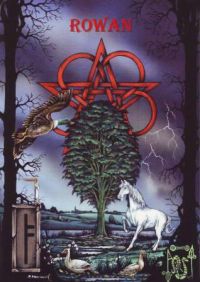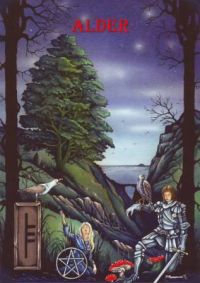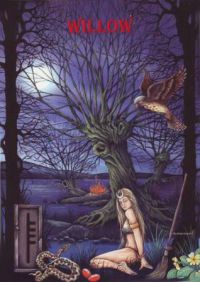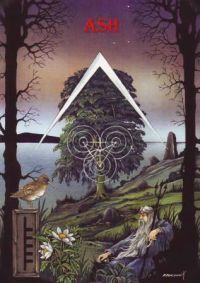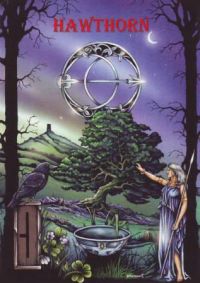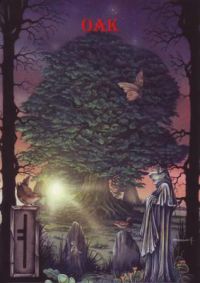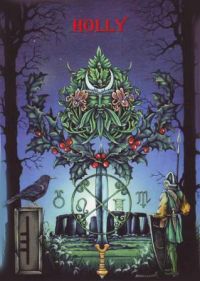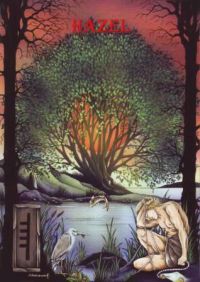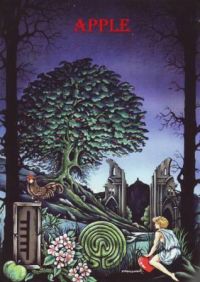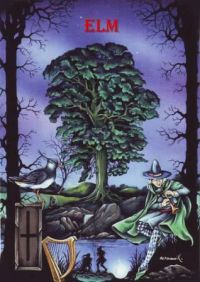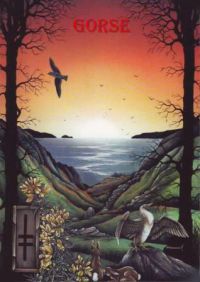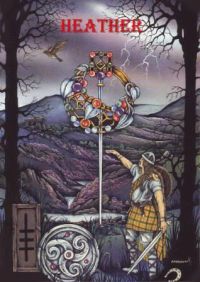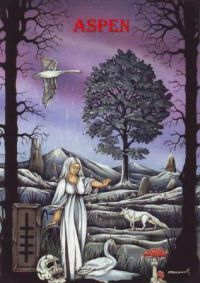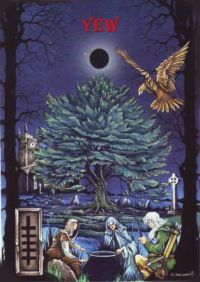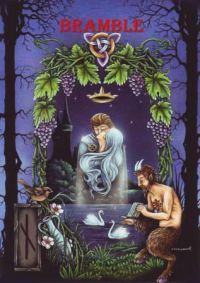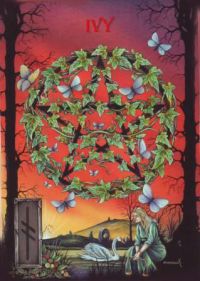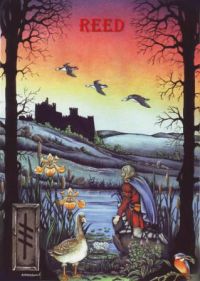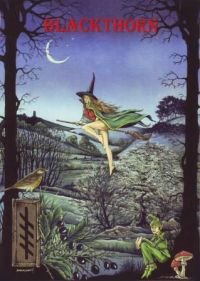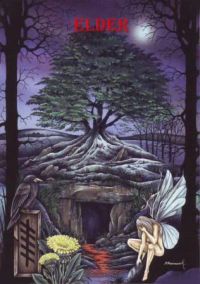Celtic Ogham Year Wheel
The Twenty Ogham Trees
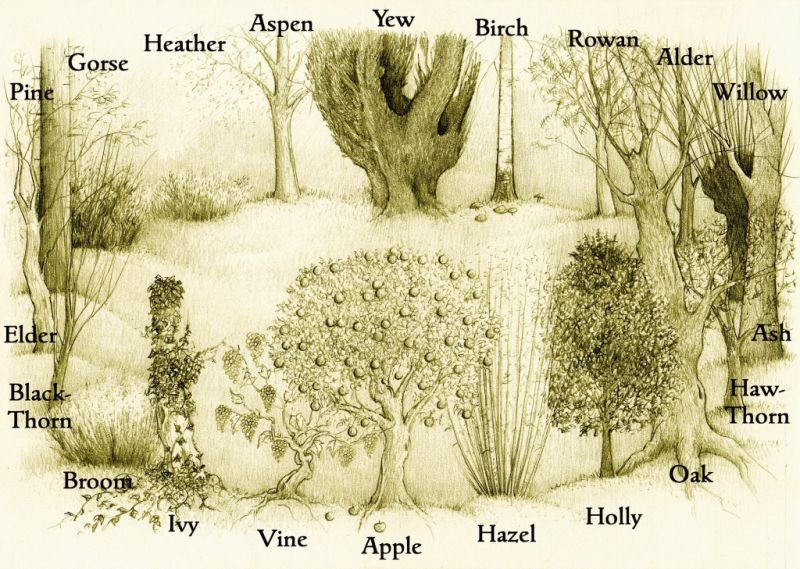
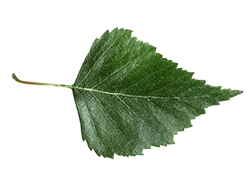
Birch(Beithe) - Pioneer of the New Year (31st December - 17th January)
Common name: Silver BirchScientific name: Betula pendula
Family: Betulaceae
UK provenance: Native
Interesting fact: Silver Birch can be used to improve soil quality for other plants to grow. Its deep roots bring otherwise inaccessible nutrients into the tree, which are recycled on to the soil surface when the tree sheds its leaves.
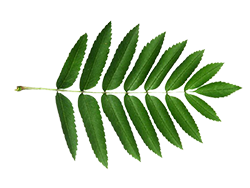
Rowan(Luis) - 1st Herald of Imbolc (18th January - 5th February)
Common name: Rowan or Mountain AshScientific name: Sorbus Aucuparia
Family: Rosaceae
UK provenance: Native
Interesting fact: Rowan is also known as the mountain ash, due to the fact that it grows well at high altitudes and its leaves are similar to those of ash, Fraxinus excelsior. However, the two species are not related.
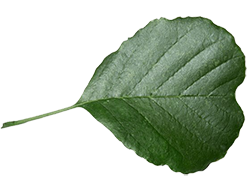
Alder(Fearn) - 2nd Herald of Imbolc (6th February - 23rd February)
Common name: Alder, Common Alder, Black Alder, European AlderScientific name: Alnus Glutinosa
Family: Betulaceae
UK provenance: Native
Interesting fact: Alder is particularly noted for its important symbiotic relationship with a nitrogen-fixing bacterium called Frankia alni. This bacterium is found in the root nodules.

Willow(Saille) - Warden of early Spring (24th February - 12th March)
Common name: WillowScientific name: Salix fragilis
Family: Salicaceae
UK provenance: Native
Interesting fact: The crack willow is named after the sound made when its branches and twigs fall, which they often do. Because the trees often grow beside rivers, any twigs that break off are carried downstream. This helps the trees propagate themselves, as the branches take root easily and may end up some distance away from where they fell.
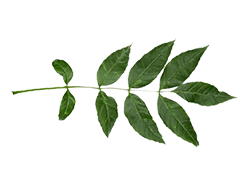
Ash(Nion) - Spring Equinox (13th March - 30th March)
Common name: AshScientific name: Fraxinus Excelsior
Family: Oleaceae
UK provenance: Native
Interesting fact: Ash trees can live to a grand old age of 400 years - even longer if coppiced. They are being affected by Ash Die Back disease which could kill 75% of the UK's Ash forests.
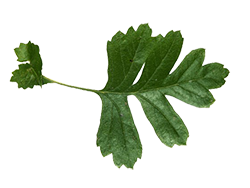
Hawthorn(Uath) - Pioneer of the Flowering days (31st March - 17th April)
Common name: Common HawthornScientific name: Crataegus monogyna
Family: Rosaceae
UK provenance: Native
Interesting fact: Also known as the May-tree, due to its flowering period, it is the only British plant named after the month in which it blooms.
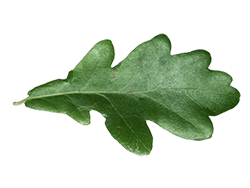
Oak(Duir) - 1st Herald of Beltane (18th April - 4th May)
Common name: English OakScientific name: Quercus Robur
Family: Fagaceae
UK provenance: Native
Interesting fact: Acorns are not produced until the tree is at least 40 years old. Peak acorn fecundity usually occurs around 80 - 120 years.
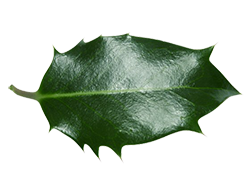
Holly(Tinne) - 2nd Herald of Beltane (5th May - 23rd May)
Common name: HollyScientific name: Ilex Aquifolium
Family: Aquifoliaceae
UK provenance: Native
Interesting fact: The Mistle thrush is known for vigorously guarding the berries of holly in winter, to prevent other birds from eating them. Mature Holly trees have leaves with no spikes.
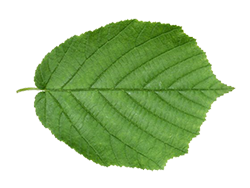
Hazel(Coll) - Warden of early Summer (24th May - 11th June)
Common name: HazelScientific name: Corylus avellana
Family: Betulaceae
UK provenance: Native
Interesting fact: Hazel is so bendy in spring that it can be tied in a knot without breaking. Bees find it difficult to collect hazel pollen and can only gather it in small loads. This is because the wind pollinated hazel has pollen that is not sticky and actually repels one grain against another.
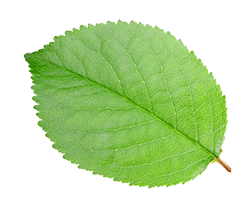
Apple(Quert) - Summer Solstice (12th June - 29th June)
Common name: AppleScientific name: Malus pumila
Family: Rosaceae
UK provenance: Native
Interesting fact: There are more than 7,500 known cultivars of apples. Alexander the Great is credited with finding dwarfed apples in Kazakhstan in 328 BCE. Charles Dickens favourite was a baked Apple.
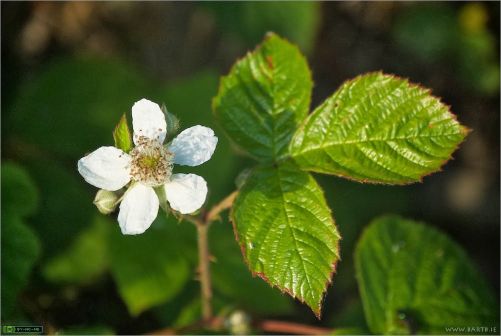
Bramble/Vine(Muin) - Pioneer of the fruitful days (30th June - 16th July)
Common name: Bramble/BlackberryScientific name: Rubus fruticosus
Family: Rubus
UK provenance: Native
Interesting fact: Split bramble stems are traditionally used as binding material for straw in production of lip-work basketry.
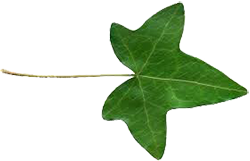
Ivy(Gort) - 1st Herald of Lughnasadh (17th July - 4th August)
Common name: IvyScientific name: Hedera
Family: Araliaceae
UK provenance: Native
Interesting fact: Ivy can take bright light indoors, and even a bit of direct sun on its foliage. Ivy is a species of evergreen climbing or ground-creeping woody plants and provides a good home for a wide variety of wildlife, insects etc. It does no harm to healthy trees.
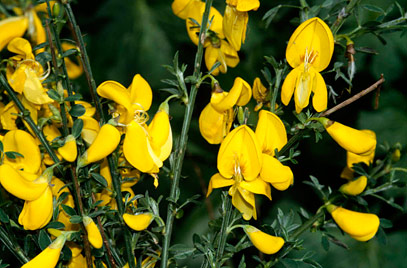
Broom/Reed(ngetal) - 2nd Herald of Lughnasadh (5th August - 23rd August)
Common name: BroomScientific name: Genisteae
Family: Fabaceae
UK provenance: Native
Interesting fact: The Plantagenet kings used common broom (known as planta genista in Latin) as an emblem and took their name from it. It was originally the emblem of Geoffrey of Anjou, father of Henry II of England.
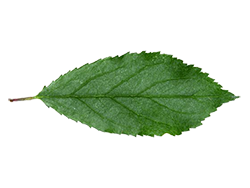
Blackthorn(Straif) - Warden of early Autumn (24th August - 11th September)
Common name: Blackthorn/SloeScientific name: Prunus spinosa
Family: Rosaceae
UK provenance: Native
Interesting fact: Blackthorn wood has been used to make walking or riding sticks, and was the traditional wood for Irish shillelaghs. The blooming of the Blackthorn signals Spring and it first blooms with white flowers in mid March before the leaves have grown.
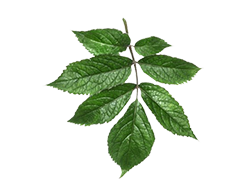
Elder(Ruis) - Autumn Equinox (12th September - 29th September)
Common name: ElderScientific name: Sambucus nigra
Family: Adoxaceae
UK provenance: Native
Interesting fact: It is thought the name Elder comes the Anglo-saxon 'aeld', meaning fire, because the hollow stems were used as bellows to blow air into the centre of a fire.
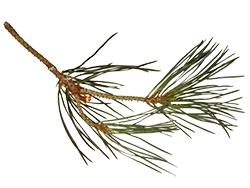
Pine/Elm(Ailm) - Pioneer of the Suns seeding days (30th September - 17th October)
Common name: Scots PineScientific name: Pinus sylvestris
Family: Pinaceae
UK provenance: Native
Interesting fact: The needles on young trees grow longer than those on older trees.
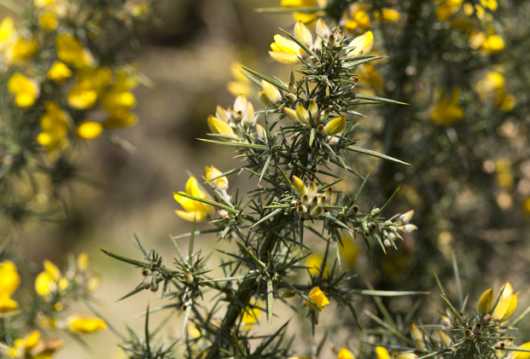
Gorse(Onn) - 1st Herald of Samhain (18th October - 4th November)
Common name: GorseScientific name: Ules
Family: Fabaceae
UK provenance: Native
Interesting fact: Gorse is very tolerant of maritime exposure, it can be used as a windbreak hedge in the most exposed positions, making an impenetrable barrier with its vicious thorns.
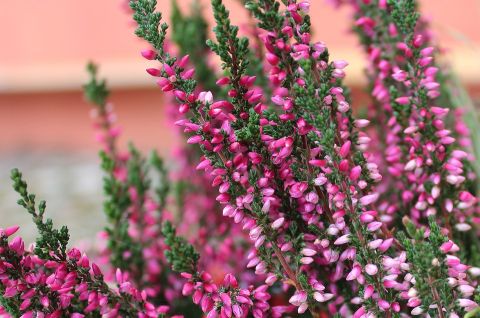
Heather(Ur) - 2nd Herald of Samhain(5th November - 23rd November)
Common name: HeatherScientific name: Calluna vulgaris
Family: Ericaceae
UK provenance: Native
Interesting fact: Heather is seen as iconic of Scotland, where the plant grows widely, Also has been used in the traditional Austrian medicine internally as tea for treatment of disorders of the kidneys and urinary tract.
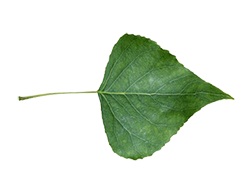
Poplar/Aspen(Edhadh) - Warden of early Winter (24th November - 11th Dec)
Common name: Black PoplarScientific name: Populus nigra
Family: Salicaceae
UK provenance: Native
Interesting fact: According to the Forestry Commission, black poplar is the most endangered native timber tree in Britain.

Yew(Idho) - Winter Solstice (12th December - 30th December)
Common name: YewScientific name: Taxus baccata
Family: Taxaceae
UK provenance: Native
Interesting fact: There are many ancient Yew trees in the local area at Kingly Vale and a particular ancient one in the grounds of St Marys church in Hayling Island which is believed to be in the region of 4000yrs old and a personal favourite of mine. Today there are two chemotherapy drugs that were originally developed from yew trees: Docetaxel (Taxotere) was first made from the needles of the European yew tree and Paclitaxel (Taxol)and was made from the bark of the Pacific yew tree.
